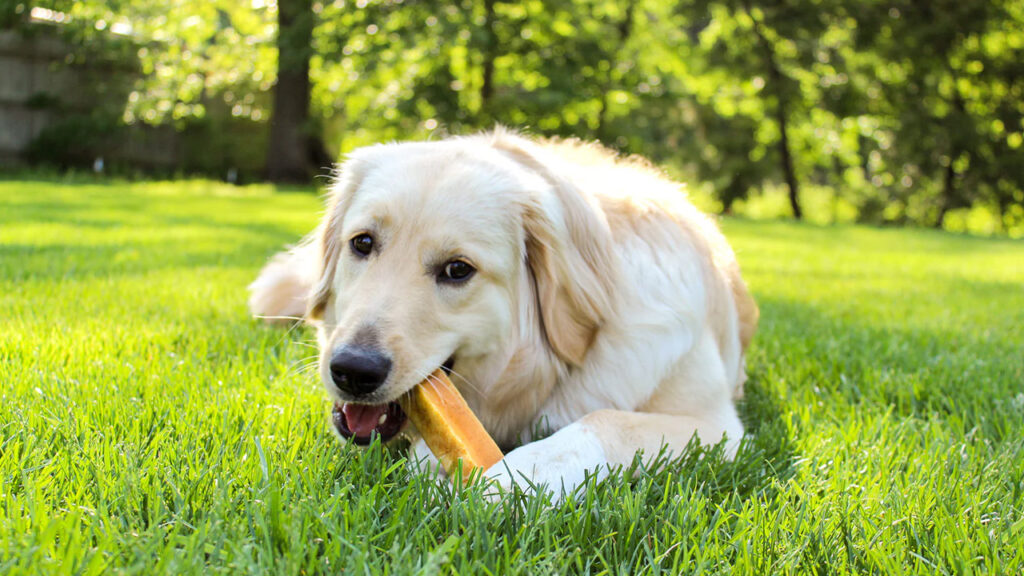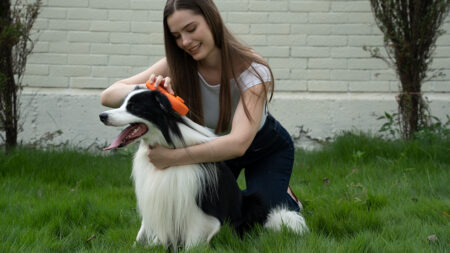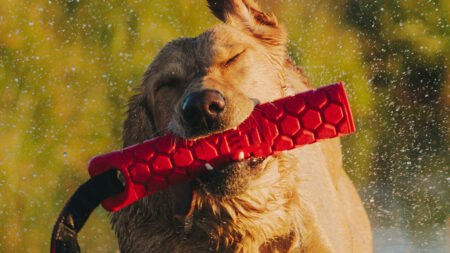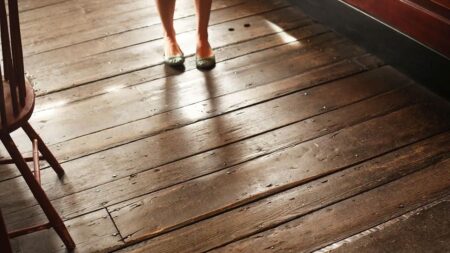Paws make the cutest footprints in the backyard. They belong to our furry friends; we cherish them like our kids. The mere thought of our dogs and cats is enough to warm our hearts and bring smiles to our faces. Your eyes have lit up, and you’re smiling, thinking of your fur baby running around in your backyard. There are many factors that should be considered when creating a safe backyard space for your pets. However, you must also be aware of the dangers an unsafe backyard poses. So, let’s break down the crux of how you can create a secure, thriving, and enjoyable pet-safe backyard space for your furry friends without limiting their freedom.
Safety Never Takes Backseat
With animals, we always want to be safety-conscious. That’s a priority. Given their propensity to mark their territory, run, scratch, dig, and play, it’s probably a good idea to keep things as simple as possible. For starters, you want to ensure that the pet turf is soft beneath their paws, but robust enough to withstand their hyperactive nature. This is especially true of energetic, young dogs and cats. You can always opt for organic grass, but that tends to be muddy in the rain, and it goes bald in the heat of scorching hot summers.
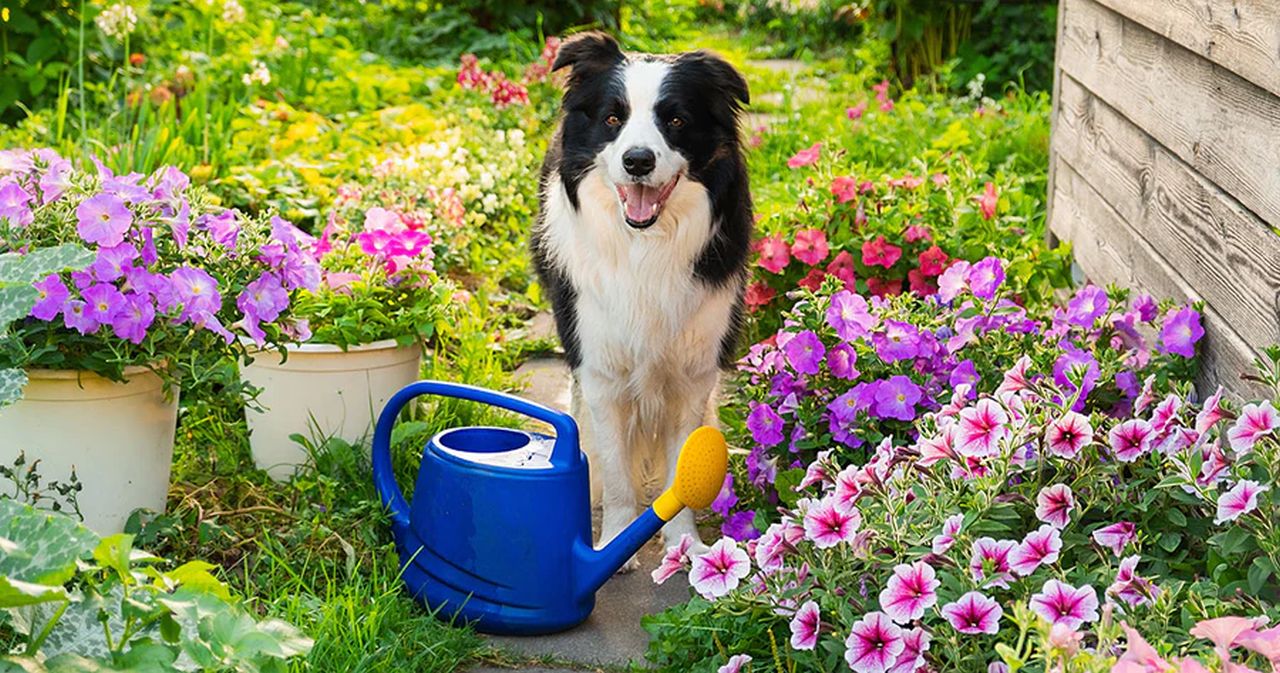
Pet Turf Perfection Starts With Smart Planning
You’re already halfway there once you’ve chosen the right turf, which should be non-toxic, paw-safe, and antimicrobial. But great backyards aren’t built on grass alone. Think of your space as a sanctuary for sniffing, strolling, and snoozing. Innovative layouts include open play areas, shaded corners, and cozy rest spots. It’s not just about aesthetics, it’s about comfort. For example, a shaded patch of pet turf gives your pup a cool place to flop down after a zoomie session, and there are always plenty of those when the pup gets a burst of energy.
Functional can Be Fabulous
Now, let’s talk about design. Durable doesn’t have to mean dull. Pet-friendly yards can be stylish, too. Opt for smooth-edged stepping stones, raised herb gardens (safe ones only—think basil, parsley, mint), and water features with shallow basins or recirculating pet fountains. These additions delight both humans and hounds. Stick with soft hues and natural textures. Timber planter boxes and neutral pavers blend beautifully with the evergreen pop of quality pet turf. Your dog might not notice the design, but you will. The same goes for any furniture you spruce up in your backyard; make it functional and fabulous.
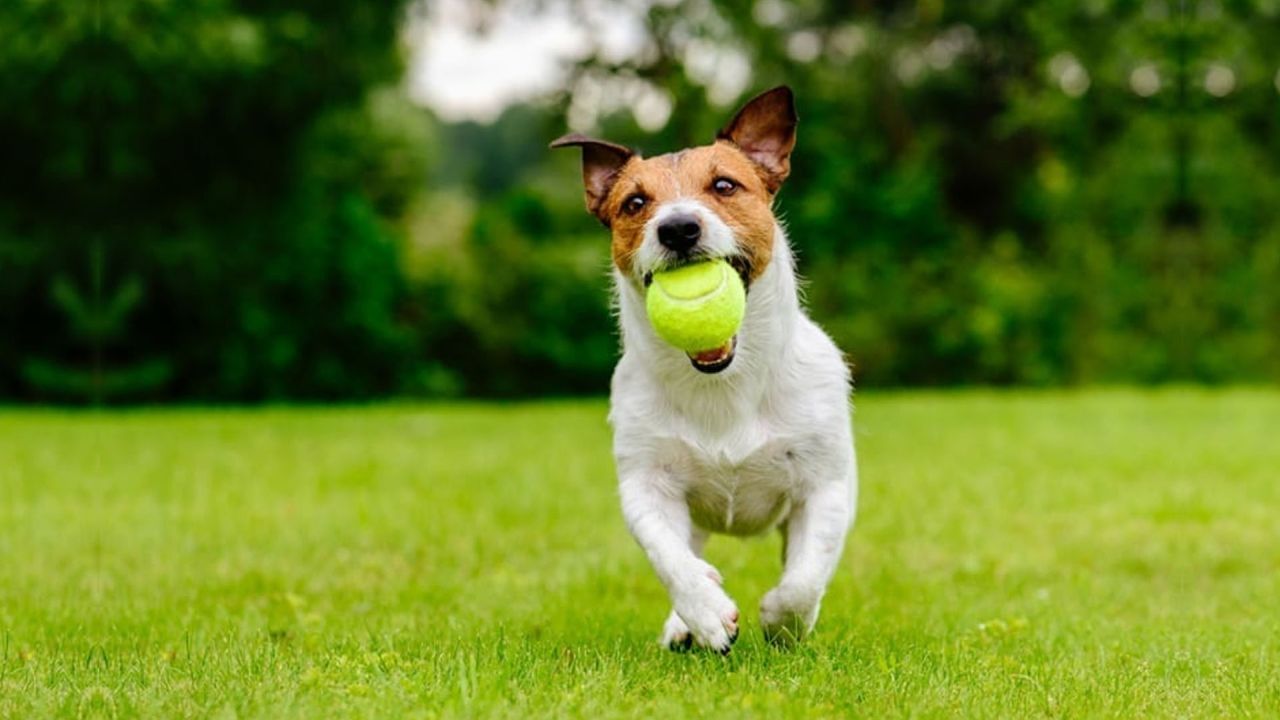
Paw-Friendly Features You’ll Appreciate
Want to level up your space? Add some subtle genius. A dog run tucked along the side yard with easy hose access. A toy bin disguised as a wooden crate. Or even a canine wash station on a gravel slab near the back door, so you can rinse off muddy paws before they hit the couch. For the diggers among us, consider a designated dig zone—just a framed sandpit or bark bed where it’s okay to get messy. Redirect the chaos, don’t fight it.
Ensure Proper Fencing and Boundaries
Ensure all fencing is secure—no wobbly panels, no protruding wire, and no gaps under gates. Choose plants carefully: avoid sago palm, azaleas, lilies, and cocoa mulch. Instead, go for pet-safe blooms like marigolds and sunflowers. Raised beds are your best friend if you’re planting anything you’d rather not have nibbled. And always keep chemicals, like fertilizers or pool treatments, locked away.
Backyard Full of Tail Wags and Tranquility
Want to know the naked truth? Your backyard doesn’t have to be some showpiece from a magazine. It just has to work for you and your crew; four-legged troublemakers included. If the dogs are happy, the grass isn’t wrecked, and you can sit out there with a cup of coffee without tripping over a half-chewed ball, then you’ve nailed it.
That’s what we’re aiming for here. A backyard that is just right. Make it easy, safe, and filled with the kind of silly moments only pets can give us. No fuss, no stress. Only tails wagging and life happening in the great outdoors.
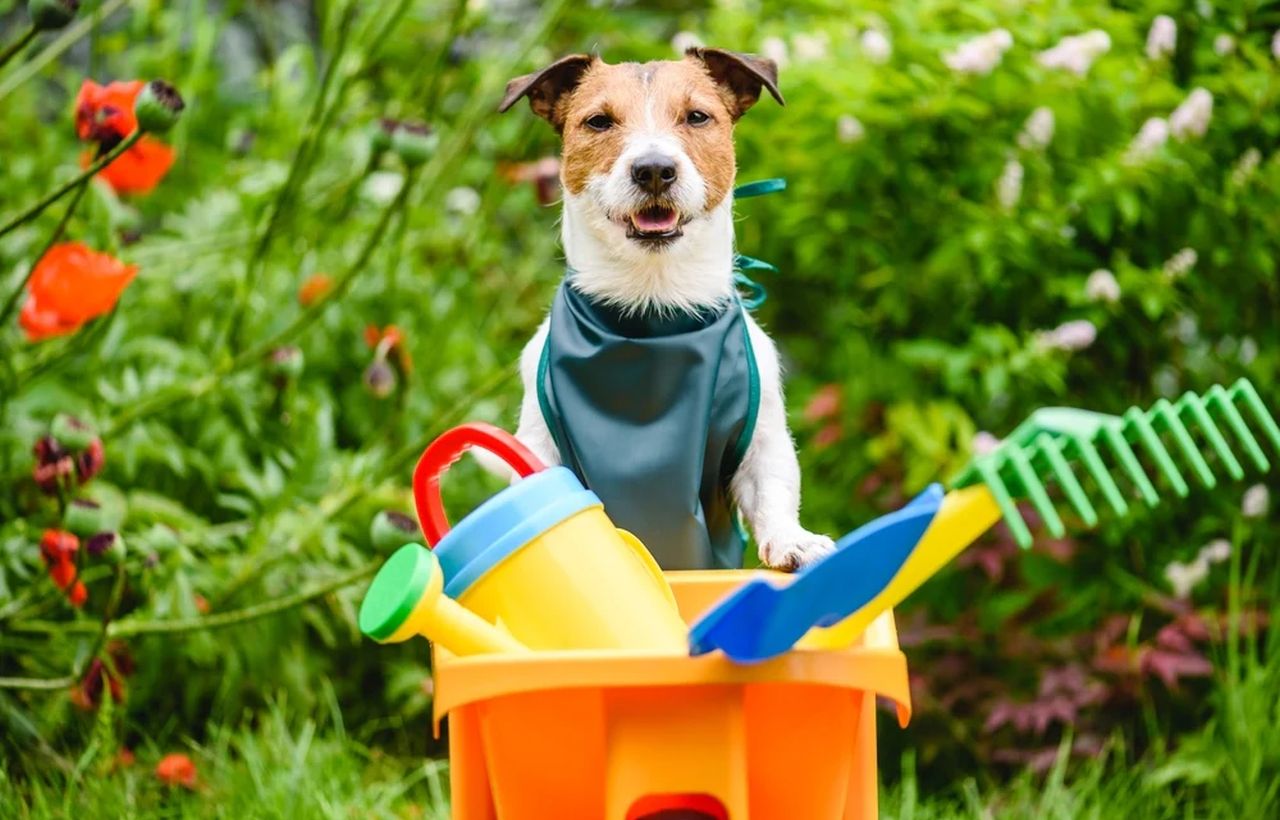
FAQs About Pet-Safe Backyard Ideas
Q. What is the greatest danger or a dog in the yard?
A. The backyard can be a hub of many diseases that other dogs, wildlife, and insects can bring. But not just animals, various plants can be toxic as well for your dog. Other risk factors, such as toxic chemicals in lawn treatments, pesticides, herbicides, and rodenticides, can cause the dog to fall sick.
Q. Is soil toxic to dogs?
A. While you may see this as a common behavior, it is not healthy for your dog to be eating soil. There are potential health risks and side effects, including eating parasites or pesticides, ingesting something that may cause an intestinal blockage, choking, and more.
Q. What is the safest ground cover for dogs?
A. Alternatives such as pebbles, mulch, or artificial turf are widely used. They are not only pet-friendly, but they also bring an aesthetic appeal to your backyard. Other than this, having non-toxic plants in your yard is also important, as dogs have a knack for nibbling or playing around plants.
Q. Is artificial grass safe for dogs?
A. When you have pets at home, buying artificial grass is the safest option. For example, synthetic grass provides many health benefits for your dog, including allergy prevention, decreased tick and flea risks, and toxic chemical reduction.
Follow Homecrux on Google News!
